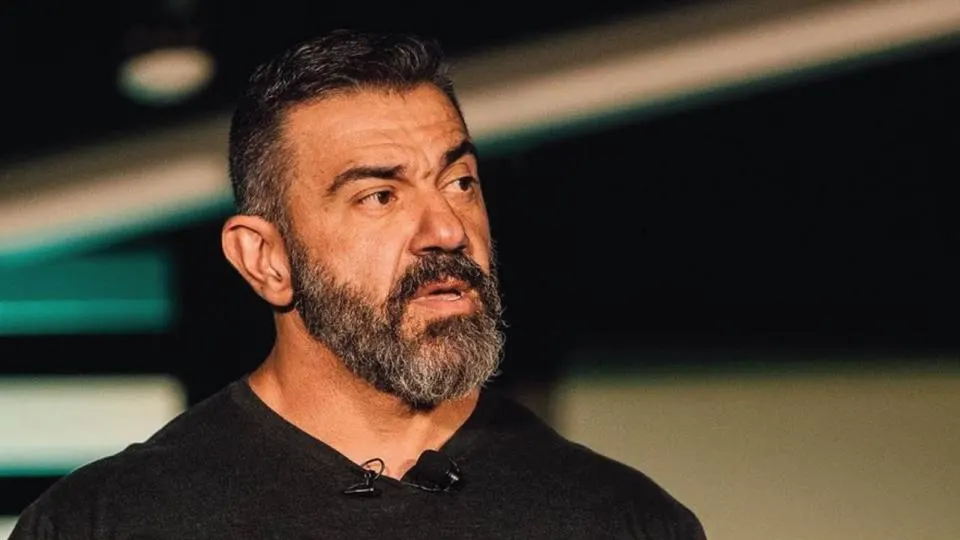Conflict Mastery: How to Navigate Disagreements with Confidence
Conflict is inevitable—but it doesn’t have to be destructive. In fact, when handled with strength, precision, and emotional intelligence, it can be one of the most powerful tools for building deeper trust, sharpening leadership, and leveling up your relationships.
This guide isn’t theory. It’s rooted in battle-tested principles from top minds across psychology, leadership, and high-stakes negotiation—from elite military operators to Fortune 500 executives to renowned behavioral experts. These are the habits of men who don’t avoid conflict—they master it.
Because at the highest levels, the ability to navigate disagreement with calm confidence is a mark of maturity, strength, and influence. When others break down, the modern gentleman stands grounded.
Here’s how to master the art of conflict resolution—and come out stronger every time.
1. Stay Calm
Conflict escalates when emotions take over, leading to heated arguments or miscommunication. The first step to resolving any disagreement is managing your emotions. Practice deep breathing, count to ten, or step away for a moment to collect your thoughts before responding.
When you approach the situation calmly, you set the tone for a more constructive conversation. Your composure can diffuse tension and encourage the other person to follow suit. Remember, your ability to remain steady under pressure demonstrates emotional intelligence and builds credibility in any interaction.
2. Listen Actively
Effective conflict resolution starts with understanding the other person’s perspective. Listen without interrupting, and focus on their words instead of formulating your response while they’re speaking. Once they’ve finished, paraphrase their points to show that you’ve heard and understood them.
Active listening not only helps uncover the root of the issue but also signals respect, which can soften the other person’s stance. When people feel heard, they’re more likely to engage in a constructive dialogue rather than staying defensive.
3. Focus on Solutions
It’s easy to get stuck rehashing the problem, but that rarely leads to progress. Shift the conversation toward solutions by asking questions like, “What can we do to move forward?” or “How can we make this better for both of us?”
Focusing on solutions doesn’t mean ignoring the problem—it means addressing it with a forward-thinking mindset. This approach encourages collaboration and helps both parties feel like they’re working together instead of against each other.
4. Use “I” Statements
Blame fuels conflict, while ownership fosters resolution. Instead of pointing fingers with statements like, “You always…” or “You never…,” frame your thoughts with “I” statements. For example, say, “I feel frustrated when deadlines are missed” instead of “You’re always late with your work.”
“I” statements reduce defensiveness by focusing on your feelings and experiences rather than accusing the other person. This small shift in language can dramatically improve the tone of the conversation.
5. Know When to Walk Away
Not every conflict can be resolved immediately, especially if emotions are running high. Recognize when it’s time to step back and revisit the discussion later. Taking a break allows both parties to cool off and reflect, leading to a more productive conversation when you return.
Walking away isn’t about avoiding the issue—it’s about creating the space needed for a clearer perspective. Agree on a specific time to revisit the discussion to show that you’re still committed to finding a resolution.
6. Stay Solution-Oriented Even When Emotions Flare
Conflict can trigger strong emotions, but staying focused on the issue rather than personal attacks is critical. If the conversation starts veering toward hurtful comments or unrelated grievances, gently steer it back by saying, “Let’s focus on solving this issue.”
This tactic not only keeps the discussion productive but also reinforces mutual respect. It signals that you value the relationship enough to prioritize constructive dialogue over venting frustrations.
7. Practice Empathy
Put yourself in the other person’s shoes and consider their perspective. Ask yourself, “What might they be feeling?” or “What external pressures could be influencing their behavior?” Empathy doesn’t mean agreeing with them—it means acknowledging their emotions and validating their experience.
Empathy can de-escalate even the most heated conflicts by creating a sense of understanding and connection. People are more likely to work with you when they feel you genuinely care about their perspective.
8. Acknowledge and Apologize When Necessary
If you’ve made a mistake, own it and apologize sincerely. A simple statement like, “I’m sorry for my part in this situation,” can go a long way in rebuilding trust and diffusing tension.
Acknowledging your role shows humility and sets an example for the other person to do the same. It also creates a foundation for moving forward rather than dwelling on blame.
9. Stay Open to Compromise
High-stakes conflicts often require compromise. Be willing to meet the other person halfway to reach a resolution that works for both parties. This doesn’t mean abandoning your values or needs—it means finding a balance that acknowledges everyone’s concerns.
Compromise demonstrates flexibility and a genuine desire to resolve the issue. It’s a practical step toward maintaining harmony without feeling like either side “lost.”
10. Follow Up After the Conflict
Conflict resolution doesn’t end when the conversation is over. Following up ensures that both parties are satisfied with the outcome and shows that you care about maintaining the relationship.
Send a brief message or have a quick check-in to ask, “How are you feeling about our discussion?” This simple gesture reinforces trust and strengthens the bond between you and the other person.
11. Learn from Each Conflict
Every disagreement is an opportunity to grow. Reflect on what went well, what could have been handled better, and what you learned about yourself and the other person. Over time, this self-awareness will improve your conflict resolution skills and help you navigate future challenges with greater confidence.
Final Thoughts
Mastering conflict isn’t about avoiding disagreements—it’s about handling them with confidence, clarity, and respect. By staying calm, empathetic, and solution-oriented, you can turn even the most difficult conversations into opportunities to strengthen relationships and build trust. Conflict, when handled well, can become a catalyst for growth.




